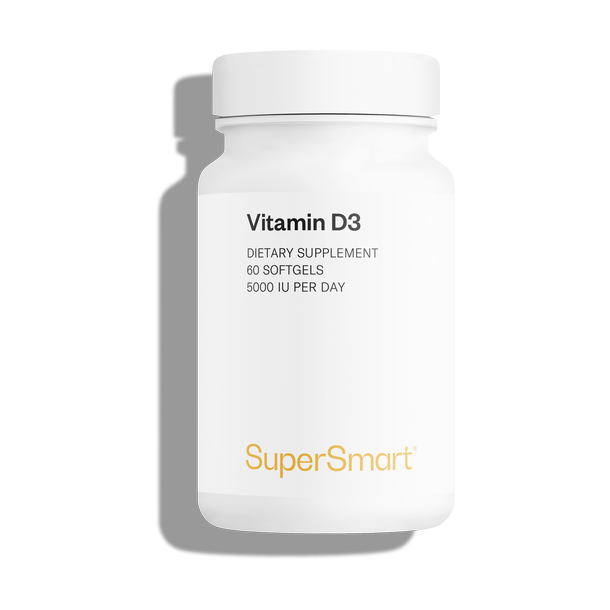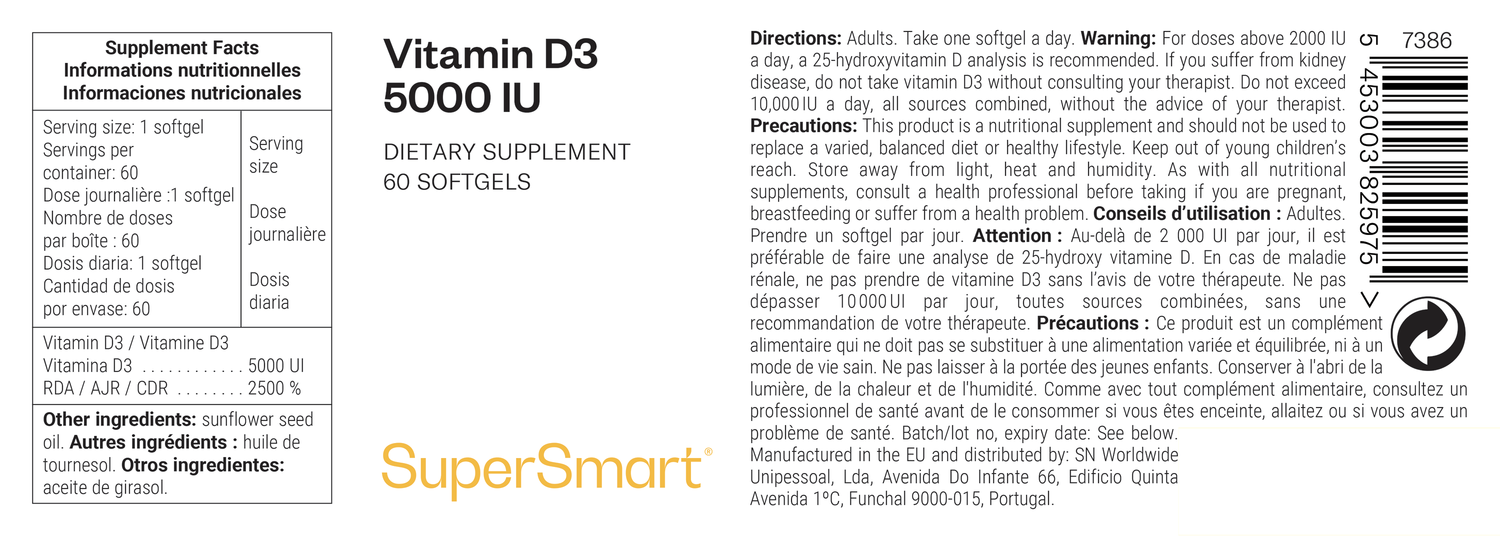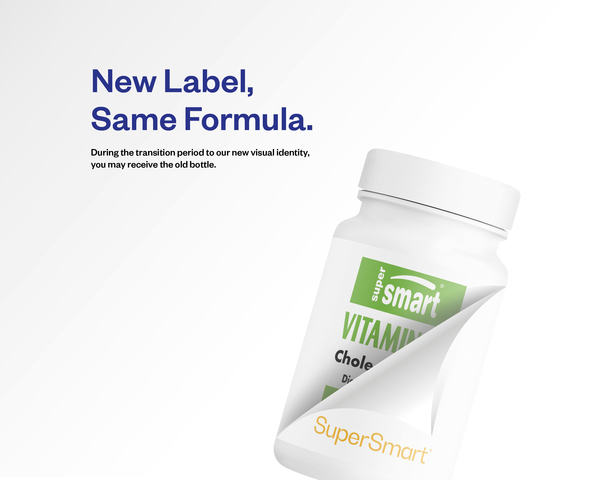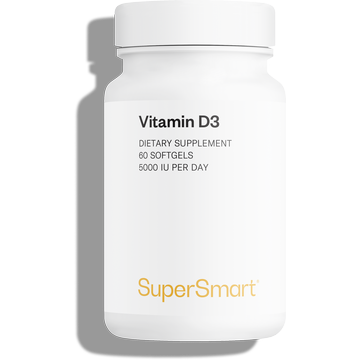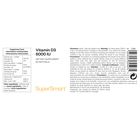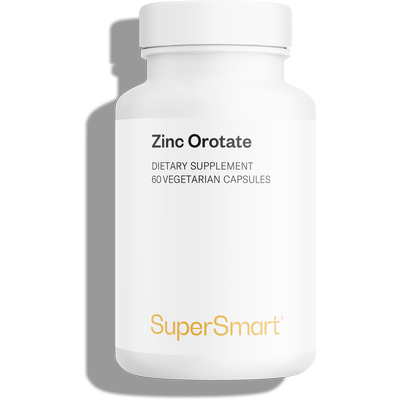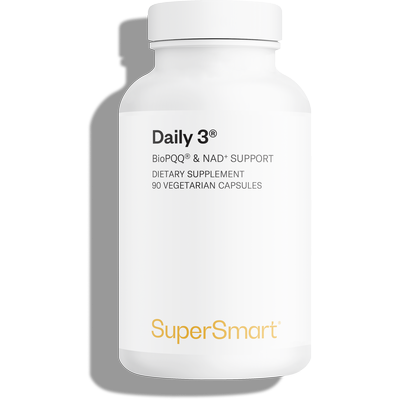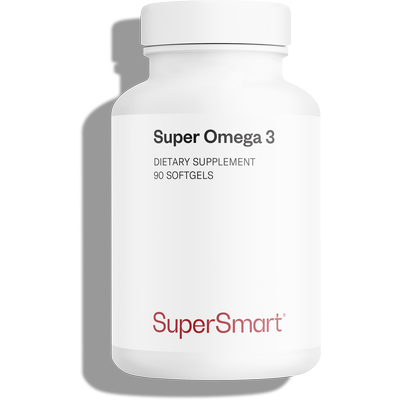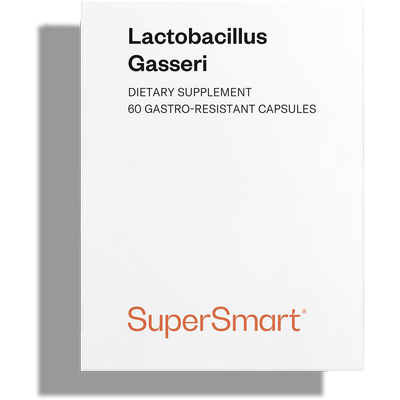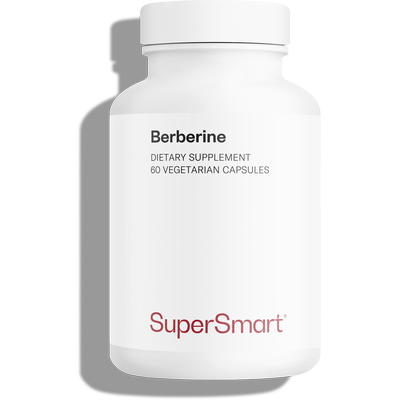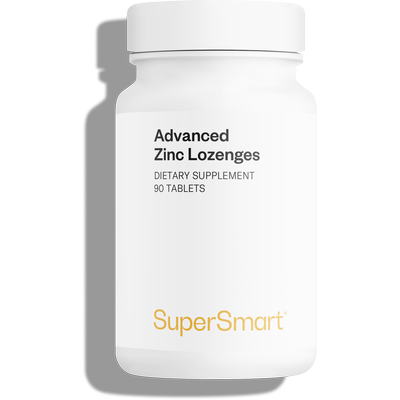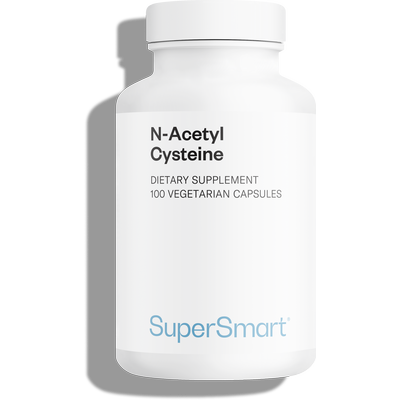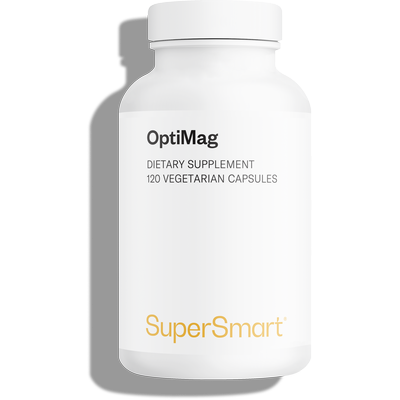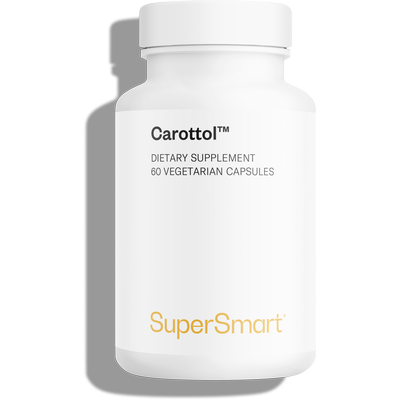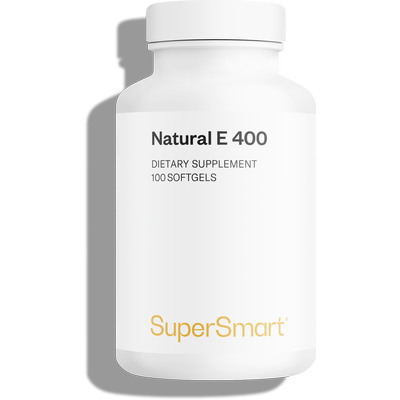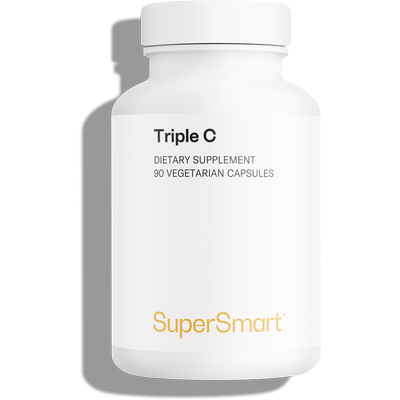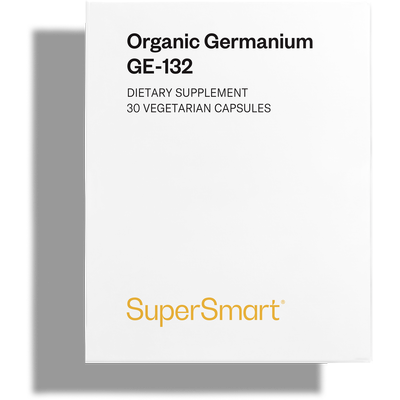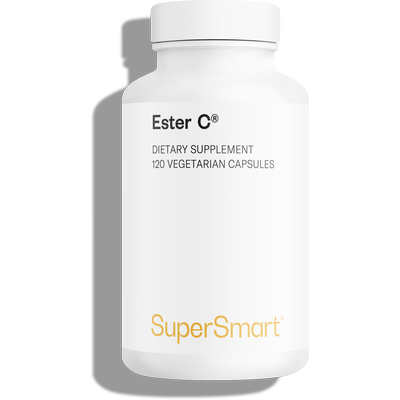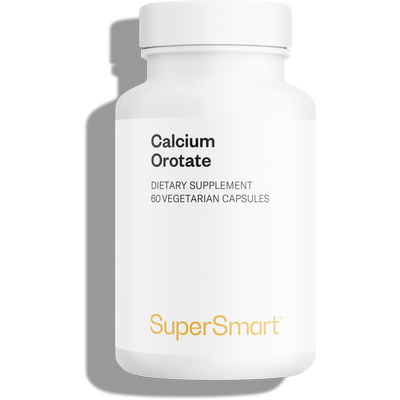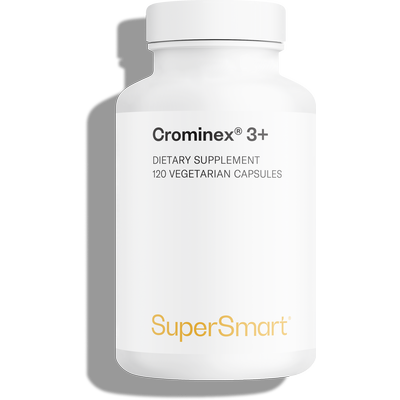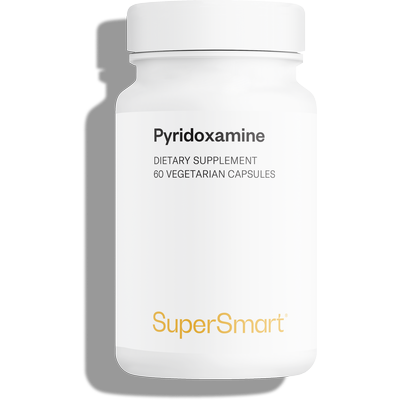Limited quantity
Vitamin D3 5000 IU
Highly dosed vitamin D3 food supplement: immunity, bone...
Complete your selection
Vitamin D3 5000 IU is an exceptional supplement containing 5000IU of vitamin D3 (the most bioavailable form) per softgel. It is enriched with sunflower oil to maximise its absorption.
Daily or twice a week supplementation with Vitamin D3 5000 IU produces a rapid increase in circulating levels of the vitamin, as confirmed by blood tests, and has a positive effect on cardiovascular, endocrine, nervous system, immune and cognitive function.
Who is Vitamin D3 5000 IU aimed at?
The latest studies show that between the months of October and April, almost everyone (1-4) living at a high latitude has an inadequate level of vitamin D (5-6). March sees levels reach their lowest point (7-8).
Vitamin D3 5000 IU is thus aimed at anyone living in France, Italy, Germany, Spain, the Netherlands, Portugal, Poland, the UK, Canada and the United States throughout autumn and winter.
Vitamin D is produced by the body on exposure of the skin to the sun’s ultra-violet rays (UVB). However, in temperate regions of the Northern Hemisphere, the conditions are not conducive to this process, both because of the sun’s angle of elevation and the weather during these seasons, as well as urban lifestyles: at this time of year, we tend to stay indoors and cover ourselves up too much to maintain adequate vitamin D production. Peak production rapidly plummets from November onwards and reserves are quickly exhausted.
Vitamin D3 5000 IU can also be used in the spring and summer by many groups of people (40% of individuals have inadequate levels even during these periods):
- Those with dark skin who live at high or middle latitudes, because they need more sun than a fair-skinned person to produce the same amount of vitamin D.
- Those who are less mobile or who do not get much exposure to the sun.
- Those who are overweight, because vitamin D produced from the sun’s rays is sequestered by the fatty layers under the skin.
- Those over 50 (9), both due to less exposure to the sun (delicate skin) and less efficient conversion of vitamin D precursors into vitamin D in the superficial epithelial layers of the skin.
- Those suffering from bone disease.
- Those with malabsorption problems and inflammatory bowel disease because this makes absorbing fats more difficult.
- Those following specific diets (excluding meat, fish, eggs or products fortified with vitamin D).
- Those living in areas of high pollution, as CO2 absorbs UV rays.
- Those who regularly use UVB-blocking sunscreens (with an SPF above 15) as these can prevent up to 99% of UVB from penetrating the skin.
For all these groups of people, Vitamin D3 5000IU is often the safest way of quickly increasing their levels of vitamin D and of maintaining them throughout the year, now available to buy at Supersmart.
What are the effects of too little vitamin D?
Vitamin D is not really a vitamin: it should actually be thought of as a hormone. It performs many functions in the body, the best-known of which are its key roles in the intestinal absorption and binding to bones of dietary calcium, in muscle function, in maintaining cognitive function, in supporting the immune system and in tissue cell renewal.
The effects of a lack of vitamin D may go unnoticed for years but in the long term, they can be serious: softening of bones (osteomalacia), osteoporosis, bone pain, muscle weakness, joint pain (particularly in the wrists, ankles and shoulders), migraines, increased risk of depression, insomnia, hair loss (10) …
Conversely, optimal vitamin D levels bring numerous benefits for our health:
- Optimisation of bone health (11-13).
- Reduced risk of cardiovascular disease and stroke (at doses of at least 600IU a day (14)).
- A decrease in blood pressure (at doses of at least 2000IU a day (15)).
- Improved blood cholesterol levels (at doses of at least 2000IU a day (16)).
- Increased strength and muscular balance (at doses of at least 800- 1000 IU a day (17)).
- Reduced risk of neurocognitive problems and auto-immune diseases.
- Potential reduction in fibromyalgia pain (at doses of at least 2400 IU a day) (18).
What is in it Vitamin D3 5000 IU
Any questions?
There is still debate about which vitamin D blood levels produce benefits. The very latest evidence suggests that circulating levels in excess of 50 nmol/L, or even 75 nmol/L, may be optimal for overall health. Those below 30 nmol/L, on the other hand, are associated with adverse effects on health.
Achieving a blood concentration of 75 nmol/L often requires supplementation with at least 2000IU a day. In the same vein, taking 3000IU a day for eight weeks has been shown to result in a concentration of more than 75 nmol/L of 25(OH)D (19-20).
In 2010, more than 40 international scientists called for greater awareness among doctors of the importance of vitamin D in preventing osteoporosis and cardiovascular disease. They recommended that the entire Western population (living at middle latitudes) should supplement with 1000-2000IU, especially from October to March.
What about dietary intake?
There are very few sources of vitamin D in the diet. They are mainly restricted to animal-sourced fats, particularly those from oily fish, and fortified foods such as dairy products, and some vegetable oils and plant-based drinks.
According to the French SUVIMAX study, the diet may only provide an average of 136IU of vitamin D a day. It is thus the body’s endogenous production from UV-B which is primarily responsible for circulating levels.
Vitamin D3 5000 UI is an exceptional supplement that you can choose to buy for at least three main advantages:
- It contains vitamin D3, which is more effective than the vitamin D2 form found in plant-sourced products (23). The two forms were long thought to be equivalent but recent trials have shown this is not the case.
- It offers a powerful dose of 5000IU per supplement. It is designed to be taken every day (in which case it’s best to check your 25-hydroxyvitamin D status), twice-weekly, or weekly. Several studies have confirmed supplementation with 1000-10,000IU a day to be effective (24-27).
- It comes in the form of softgels and contains sunflower oil to maximise the absorption of the vitamin D. Comparative studies have shown that this form is better absorbed than the dry form and that it produced a more significant increase in 25(OH)D levels.
As vitamin D is fat-soluble, the body is able to store it in fats when intake exceeds requirements.
In theory, therefore, you could take mega-doses of vitamin D (100,000-500,000IU) each month or even each year. However, it has been demonstrated that daily ingestion is closer to what our bodies naturally prefer. High doses of vitamin D are also linked with several adverse effects, such as an increased risk of falls and fractures, respiratory infections (28), and hypercalcaemia (too much calcium in the blood, producing symptoms such as constipation) as well as a fall in the natural production of melatonin (a mediator of sleep).
It’s, therefore, better to opt for a supplement like VitaminD3 5000IU which can be taken every day (5000IU a day), every other day (2500IU a day), twice a week (around 1400IU a day) or weekly (around 700IU a day).
No. Spending long periods in the sun will not increase your vitamin D levels beyond a certain limit. Excessive exposure to the sun degrades pre-vitamin D3 (which is converted into D3 in the skin) and vitamin D3 itself. Lengthy sun exposure over the summer will therefore not be enough to maintain adequate levels over the winter months.
february 28 2024
Produit conforme à la description
january 4 2024
Cure indispensable par périodes.
october 11 2023
EXCELLENT DOSAGE. BON RAPPORT QUALITE PRIX.
june 13 2023
Bon dosage.
september 4 2022
Bon dosage vegan .
Need help?
You may also like

